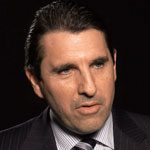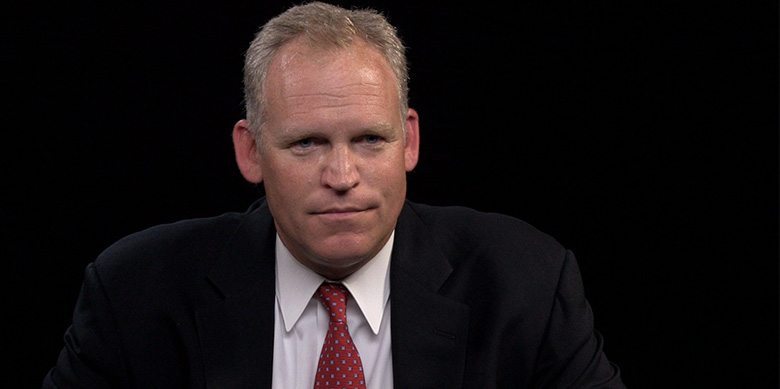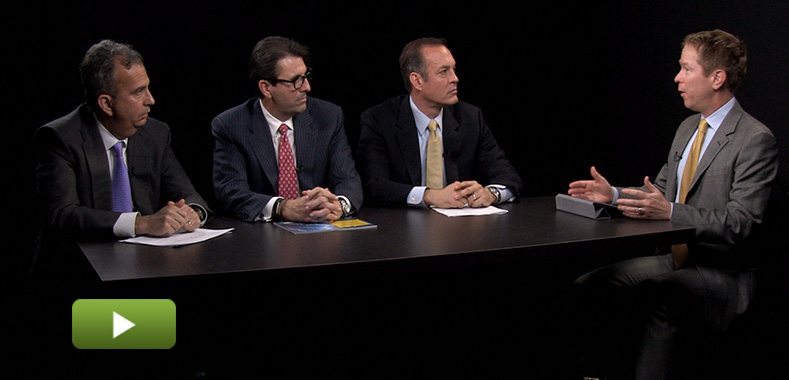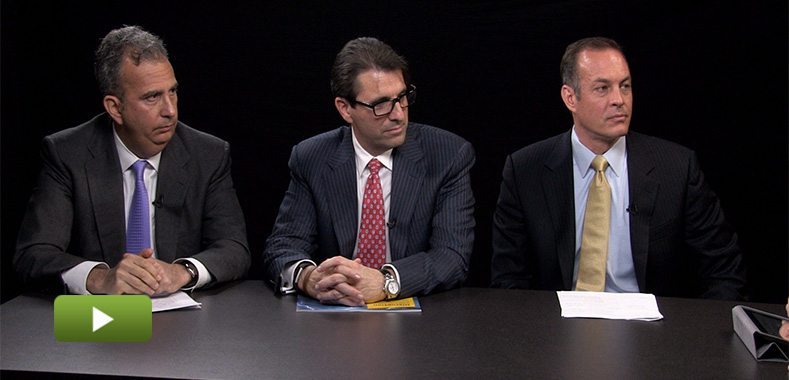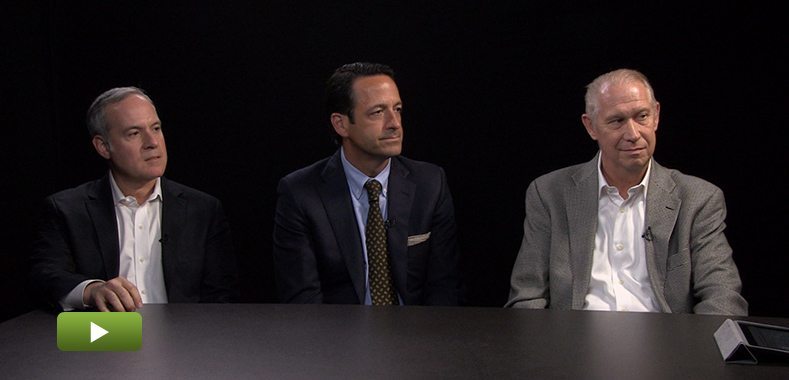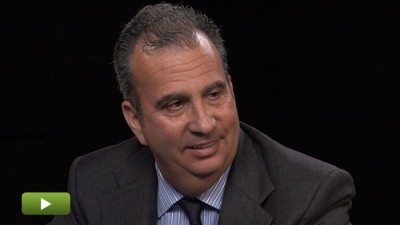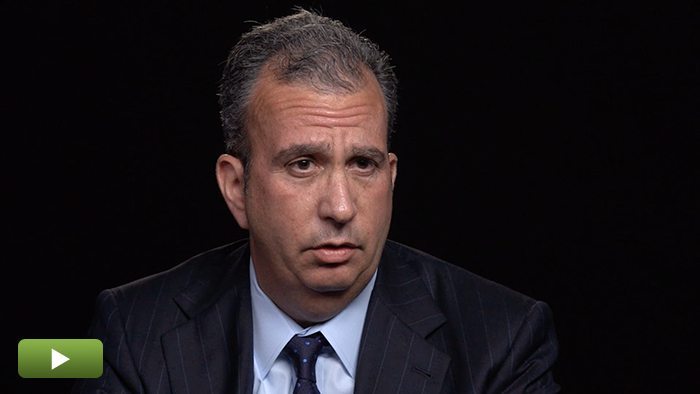The SEC Drives PE Transparency
What is driving unprecedented transparency in private equity? According to experts from Washington State Investment Board, EY and Gen II Fund Services, SEC inquiries as well as investor demands are redefining what it means to be a sufficiently institutional private equity firm.
Transcript Download Transcript
The SEC Drives PE Transparency
PE’s Bold New Era of Transparency
David Snow, Privcap:
Today, we’re joined by Steven Millner of Gen II Fund Services, Scott Zimmerman of EY, and Ian Cameron of the Washington State Investment Board. Gentlemen, welcome to Privcap. Thanks for being here.
Unison: Thank you, David.
Snow: We’re talking about a very important topic in private equity now, which is the push for transparency. There are a number of factors driving that and the world has really changed for private equity firms as a result. Why don’t we start with a question for Ian? Ian, you’re the COO of a very large state pension fund. Talk about the importance that you, as an investor, place on the infrastructure of a private equity firm that may have changed or evolved over time.
Ian Cameron, Washington State Investment Board:
Yeah, this is absolutely an important area for us now. We’re really building up our operational due-diligence program. When we first get in there, when we’re going in on a pre-investment basis, we’re looking for firms that have the fundamentals, right? We don’t want to see errors. We want timely delivery of data. We’re looking at their technology. We’re looking at all those things to make sure they’re going to be able to comply with our requirements.
One of the biggest risks we have is our reputation, so we want to make sure each GP understands that and embraces that. Because if they end up in the headlines, it’s just as well as we were in the headlines, too.
Snow: Scott, your firm EY recently did a major market survey of private equity market participants and you learned a number of things about the importance now of transparency and the integrity of the infrastructure of the private equity firm. What did you learn from that effort?
Scott Zimmerman, EY:
Yes, David. We’ve actually done the survey now for three years. Last year, the primary focus was exactly what Ian was talking about—it was on transparency. It was on operational excellence. It’s not just about returns anymore or about alpha. Exactly as Ian said, reputational risk is a big deal. Reputational risk can certainly affect returns and we saw it as a litmus test or an indicator of how well run a firm is. How well controlled are they? Almost like if you think about a public entity with a 10k, if you file your 10k a week late, the market says what’s wrong.
Snow: Steve, your firm helps private equity firms with the management of their business. How does this push for transparency and the intense focus on infrastructure affect the day-to-day operations of your business?
Steven Millner, Gen II Fund Services:
It’s clearly had a very significant affect. Anecdotally, when we look back at some records, over the last 12 months, we’ve had about 20 operational due–diligence meetings. These are consultants to limited partners who want to make sure that the entity they’re investing in has proper controls.
Snow: So, actually having consultants come look at your firm is a relatively new development?
Millner: It’s almost a brand-new phenomenon. Three years ago, not many people showed up at all, but now we seem to be much more frequent.
Snow: Ian, another question for you. So many private equity firms now need to register with the SEC. How have the requirements that come with that registration changed your relationship with managers? And is that a net positive or negative thing?
Cameron: What the SEC has done—they have a lot of clout. They can get in there and look at these things for us, so it’s a huge advantage for us and they do a great job.
I met with some folks with the SEC about a month ago and we talked about their program that started in 2012—these presence exams. It was really focused in three areas, was fees and expenses. It was valuation and compliance and looking at those three elements within these private equity firms. And they uncovered a lot of things. Even in one of the firms we invested in, they found an issue with how expenses were being allocated between a co-investment vehicle versus the main fund, which resulted actually in a refund back to us—how expenses had been misallocated. So, [there’s] clearly a benefit there, as well as uncovering some other issues that we can talk about in the due-diligence process for ourselves.
Zimmerman: It’s not as if the managers don’t want to be transparent. And I think the regulators, when they got engaged four or five years ago—the way we think about it is they’re an awareness campaign. Private equity is a bit different from the other asset classes in that it has these unusual fees and some unusual expenses. So, it seems like the right place to start, and then they’ve moved on to cyber–security and valuation has always been a hot topic. I think the transparency is driven, at the end of the day, by the awareness campaigns of the regulators.
Millner: It is a real growth curve in terms of transparency reporting. The GPs—our clients—are much more rigorous and aware of LP needs and concerns, both from a regulatory perspective and also, as Ian talked about, that pendulum. The LPs want this information and they get to deploy money basically with managers that they feel are going to give them not only good performance on the investment side, but also that the GPs can exercise their fiduciary responsibility. Private equity is a very different asset class from, say, a 40-Act fund. In a 40-Act fund, you don’t see these types of fees and expense structure. It’s a much simpler asset class, so there’s an awareness and a learning curve, both to the SEC and to the investors they work with.
Cameron: The other thing is I think the private equity asset class in itself has got a lot of maturing to do in terms of their compliance programs, to catch up with other asset classes. What we see there, the level of sophistication, as you say, with the 40-Act registries—they are up to speed. But I think that’s a place where transparency has come a long way. If a firm now isn’t transparent, you’re behind.
Zimmerman: When you think about 40-Act, you think about hedge and then you think about PE. We typically see a three or four-year lag between each of them. So, the 40-Acts get way ahead. They’re much bigger. They have to put the right processes and controls in. You had made off another event within the market a handful of years ago that drove administrators to become basically a mandate or mandatory.
Snow: Quick question for anyone. This has to do with, again, the value placed on the integrity of a firm’s infrastructure. Have you been aware of any investor due–diligence efforts where the returns were good for a certain private equity firm and they were shown to be strong investors, but because of some red flag found in the infrastructure of the firm, an investor took a pass?
Millner: What we’ve seen is not exactly as you described it, David, but a manager is doing well. They’re tracking well with a good GP and, all of a sudden, they start talking about operating due diligence. The sponsor realizes they’re light in that area, so all of a sudden, we get these calls that say, “Hey, we need to talk to you and we need to talk to you now because we do check a lot of those boxes.”

